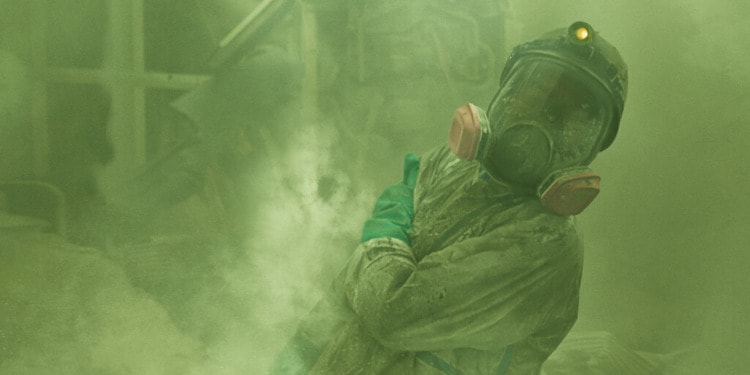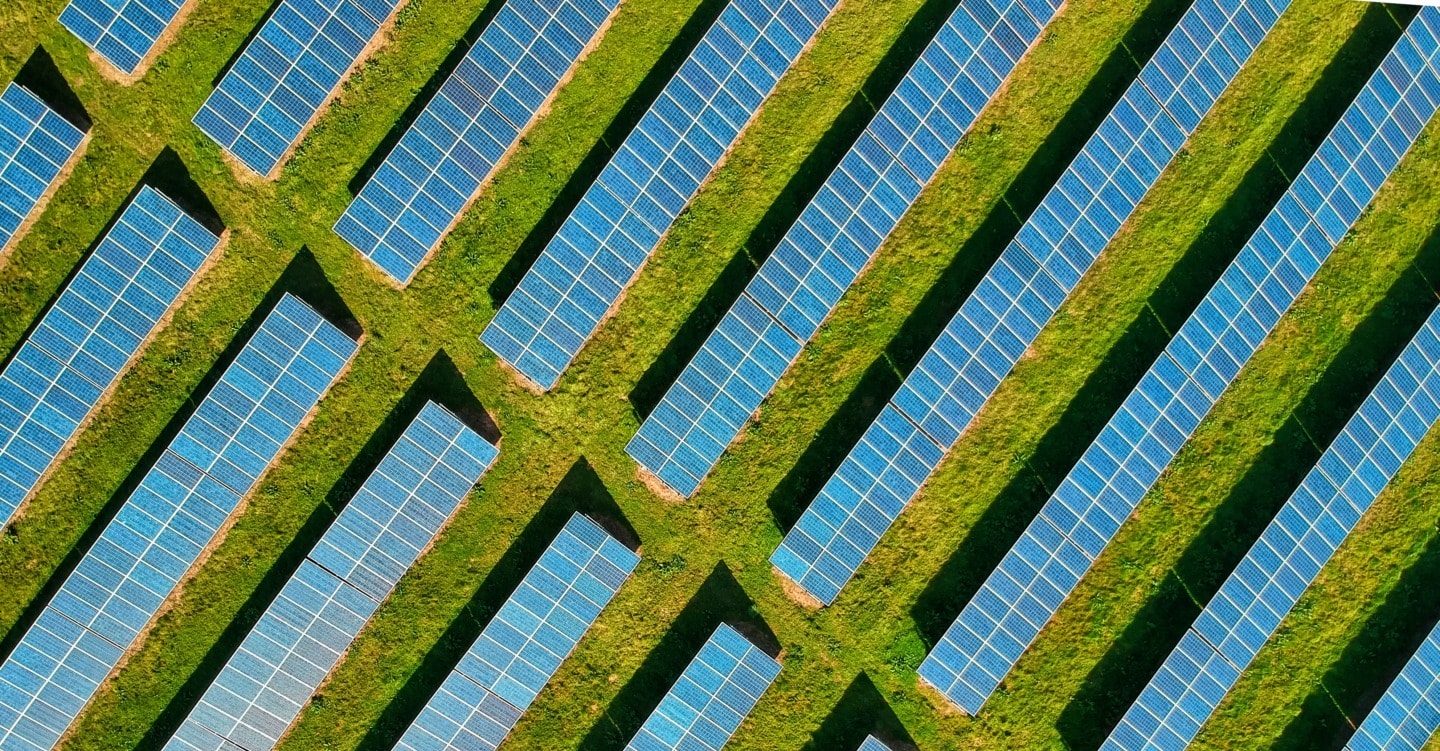The new Netflix miniseries about the Fukushima nuclear disaster, The Days, which premiered on June 1, 2023, couldn’t come at a more appropriate time, precisely when humanity is crazily engaged in a total war around eight nuclear power plants – I am referring to the Russian invasion of Ukraine. It forces us to question whether nuclear power is really “the energy of the future” – and if it is, how should we go about it to avoid the worst disasters?
The Days portrays in 8 episodes what happened when the Fukushima Daiichi nuclear power plant on the eastern coast of Japan was hit at 2:46 pm on March 11, 2011, by a powerful earthquake. The earth’s axis shifted by some 17 centimeters (6.5 inches) and Honshu, the main island of Japan moved 2.4 meters (8 feet) east.
The Netflix series, developed and produced by Jun Masumoto (known for his work on Code Blue, a Japanese television drama series) and directed by Masaki Nishiura and Hideo Nakata, is focused on what happened during the three days following the earthquake and subsequent tsunami.
The crisis, as we know, lasted much longer, some nine months and the nuclear plant wasn’t declared stable until mid-December that same year. Twelve years on, the cleanup continues. Most of the radioactive debris blasted by the hydrogen explosions we witnessed in the Netflix miniseries has been cleared and the torn buildings have been fixed.
However, Japan is preparing to release a massive amount of treated radioactive wastewater into the sea, saying release is unavoidable. On Monday, tests of newly constructed facilities to do so began despite the strong opposition from local fishing communities and neighboring countries, including Korea and China – and of course, Greenpeace.
Why you should see The Days
First of all, it is well-researched and carefully strays away from cheap Hollywood sensationalism, sturdily sticking to reality, no matter how mundane. The creator Jun Masumoto cites three specific publications as his primary sources: The Yoshida Testimony (the station manager Masao Yoshida’s first-hand account of events); the official Fukushima Nuclear Accident Independent Investigation Commission report; and journalist Ryusho Kadota’s book On the Brink: The Inside Story of Fukushima Daiichi.
Second, the story is told from the point of view of all those directly involved: As a result, The Days presents three major perspectives: workers and their families, private company managers and public officials – which perfectly brings out their different take on the crisis. And the lack of agreement between them.
The power station employees put their lives on the line, the Fukushima community around them, family and friends, suffers the consequences; the corporate organization, i.e. Tepco’s managers sitting in Tokyo spew out unrealistic orders; meanwhile, the government is a helpless bystander, with the Prime Minister seething in frustration, the military stubbornly sticking to rules while the pundit from NISA, the Nuclear and Industrial Safety Agency stutters banalities.
Unsurprisingly, NISA paid with its demise for its strikingly defective oversight of nuclear safety and following the Fukushima disaster it was replaced by a new regulator in 2012, the Nuclear Regulation Authority (NRA).
Although this particular information is not covered in the series, the extraordinary obtuseness shown by the NISA expert in this crisis is put on full display. And, poignantly, the series brings home what it means when you are a frontline worker on the ground and your main tool – electrical power needed for everything, from monitoring to operating the reactors – suddenly goes missing.
Nature, in the form of a devastating tsunami that covered the reactors in five meters of seawater, paralyzed the whole station, threatening a nuclear disaster of a magnitude that could have literally wiped out Japan off the map (as explained towards the end of the series by a Tepco manager to a bewildered – and very angry – Prime Minister).
The series uniquely depicts the deep frustration and helplessness that gripped Tepco employees, upending their world forever. And it highlights both the arrogance and the fragility of human endeavor: Nature is quick to remind us who is master.
But in the face of disaster, humans react with uncommon courage and selflessness, and that is what is most heartening about The Days. A must-watch if you are in need of uplifting examples of heroism. For me, one of the most moving moments was when the Fukushima Daiichi station manager, Masao Yoshida (ably played by Koji Yakusho Koj), a warm, likable fifty-year-old guy who knows the plant better than anyone and is a beacon of hope for his team breaks down sobbing.
This harrowing scene happens somewhat late in the series when Yoshida learns of the death of two of his employees who had gone missing after being sent out to inspect one of the buildings housing the reactors shortly after the earthquake.
Both were young men – ages 25 and 21 – and their very youth is what shakes Yoshida to the core. They were found entrapped in the basement, covered in seawater so filled with radiation that recovering their bodies proved a near-impossible task.
Perhaps what struck me most was the generally calm approach to the crisis displayed by frontline workers, their kindness toward each other, and their remarkable capacity to control panic and work together. It is the sort of thing that raises one’s trust in humanity, in its capacity to overcome obstacles. Those that didn’t help – at least in the first days – were the “big managers”, unable to grasp what was happening, more concerned with defending their own personal interests than with solving the problem at hand.
So yes, I join Joel Keller on The Decider in telling you to stream it rather than skip it. As he says, “The Days is tense and harrowing, just like the days after the Fukushima Daiichi accident were for pretty much the whole population of Japan.”
Controversies
With so much going for it, it’s surprising to read negative reviews.
For example, Common Sense Media slams it:
It’s difficult not to compare this series to HBO’s Chernobyl, which was also about a historically terrible nuclear disaster. But Chernobyl is one of the best historical dramas of recent memory, while The Days is a cheaply made, poorly written, off-brand imitation. Worse, the premise is stretched into eight 45-minute episodes, far beyond what’s interesting or dramatic about it.
No drama? I couldn’t disagree more as I amply demonstrated above. But the intriguing thing is: Why compare it to Chernobyl? True, both are about a “historically terrible nuclear disaster”, but the issues addressed are completely different, as is the context. Chernobyl is a Soviet story of communist lies, cover-up and terrible mismanagement. Fukushima is a modern tale of private vs. public interests, where profit-making trumps public safety while the average guy rises to heroic heights to defend family and country.
The Indian Express reviewer also compares it to HBO’s Chernobyl and finds it “lacking in artistry”, arguing that: “Like the hulking symbol of arrogance at its centre, Netflix’s mini-series about the Fukushima nuclear disaster also collapses under its own weight.”
Collapses under its own weight? The reviewer then explains the root cause of his objection: too many “sequences involving crews of hazmat-clad men trudging in the dark, looking intensely at meter readings, and screwing valves that after a point, they all begin to blend into one another.” And furthermore, he complains, there is no depiction of what happens to the people outside the power station. The series gets “so disappointingly lost in the weeds that it loses all sense of drama”.
Really? Again this tired argument that there’s no drama, even though as one reviewer so well said “The Days captures the struggle of a handful few as they fight against all odds to save Japan from the worst nuclear disaster in human history.” What more drama than that does anybody need?
Moreover, to argue that there is nothing about the “community beyond ground zero” makes one wonder whether the reviewer actually watched the whole series. How could he miss the several deeply moving scenes about the family of the 21-year-old that went missing early on in the disaster?
How the mother resorted to obsessive origami paper-folding in order not to go mad with anguish, how the father exploded in anger at Tepco employees who kept reporting that they couldn’t find his son, how social media (as usual) went beserk with fake news about their son supposedly having caused the nuclear disaster through deliberate “human error” and that he was now probably eating sashimi and squashing down beer in some hidden golden refuge along with his other missing comrade.
When the two actually turned up dead, drowned in radioactive seawater.
Because contrary to what this reviewer implies, big questions are raised and they are raised throughout the episodes: As mentioned above, the devastating effect of fake news on social media, blurring the issues, with people who know nothing about the situation, arrogantly passing judgment.
Related Articles: NATO and Putin’s Nuclear Threats | Is Italy Returning to Nuclear? | Fukushima Nuclear Disaster: A Deep Dive Into the Reality of Radioactive Water
But there’s plenty more and it’s complicated: The American offer of help together with an order to evacuate all American citizens from Japan – the latter taken as an insult by the Japanese Prime Minister; private interests at the electrical company Tepco clashing with public concerns; government incompetence; ivory-tower expertise divorced from reality; military obsession with rules and a general unwillingness to collaborate, each in his own silo.
All of this adds up to a series of brakes on decision-making. A dramatic sense of paralysis and a fundamental question is raised: Is there any way we can avoid a repeat of this kind of complex disaster?
How could such a disaster happen?
Surprisingly, the real problem at Fukushima wasn’t the earthquake, even though it was an exceptional double quake (magnitude 9) that lasted three minutes. The real problem was the 15-meter-high tsunami that followed – with only a 10-minute warning for residents to reach safety. Too many didn’t, and the tsunami killed 19,500 people, including three Tepco employees, two at the Fukushima Daiichi nuclear plant and one at the sister plant, Fukushima Daini, 18 km to the south. The sea flooded some 560 km2, destroying about a million buildings in coastal ports and towns.
When the earthquake hit, all eleven reactors that were operating at four nuclear power plants in the region shut down automatically. Subsequent inspection showed no significant damage to any from the earthquake. Nuclear power plants in Japan are built on rock and generally resist seismic shocks. As the World Nuclear Association explains in its bulletin:
The reactors proved robust seismically, but vulnerable to the tsunami. Power, from grid or backup generators, was available […] and despite some problems they achieved ‘cold shutdown’ within about four days. The other three, at Fukushima Daiichi, lost power at 3.42 pm, almost an hour after the earthquake, when the entire site was flooded by the 15-metre tsunami. This disabled 12 of 13 backup generators onsite and also the heat exchangers for dumping reactor waste heat and decay heat to the sea. […]Thereafter, many weeks of focused work centred on restoring heat removal from the reactors and coping with overheated spent fuel ponds.
Why the nuclear plant was sited so low on a coastline at risk of a tsunami
The Fukushima Daiichi plant was designed to be 10 meters above sea level. That made sense in the 1960s when such tsunami countermeasures were considered acceptable in the light of current scientific knowledge: At the time, the highest recorded run-up height for that particular coastline was only 5.7 meters.
But some 18 years before the 2011 disaster, new scientific knowledge had emerged about the likelihood of a large earthquake and resulting major tsunami of some 15.7 metres at the Daiichi site.
The problem is that, for 18 years, despite ongoing discussions, no major action was taken by either Tepco, the plant operator, or NISA, the government regulator.
The tsunami countermeasures could also have been reviewed in accordance with International Atomic Energy Agency (IAEA) guidelines which require taking into account high tsunami levels, but NISA continued to allow the Fukushima plant to operate without sufficient countermeasures such as moving the backup generators up the hill, sealing the lower part of the buildings, and having some back-up for seawater pumps, despite all the clear warnings.
The irony is that a report from the Japanese government’s Earthquake Research Committee unequivocally calling for urgent measures was due for publication in April 2011. A month after the accident. Too late.
So there you have it. For anyone interested, Tepco has a website giving updates on decommissioning work and environmental monitoring.
The main lesson to be drawn here? Don’t trust the private sector to defend public interests, and where public health is concerned, one simply cannot leave it to a single entity, whether public or private. An approach calling on the involvement of all stakeholders is always best. And if that is achieved, there is no reason why not to use nuclear power as one of the possible alternatives to fossil fuels.
Editor’s Note: The opinions expressed here by the authors are their own, not those of Impakter.com — In the Featured Photo: Screenshot from The Days, a new Netflix series about the Fukushima nuclear disaster. Source: Netflix official site.














